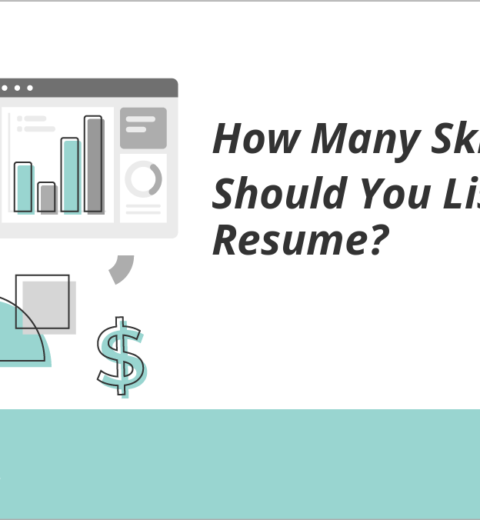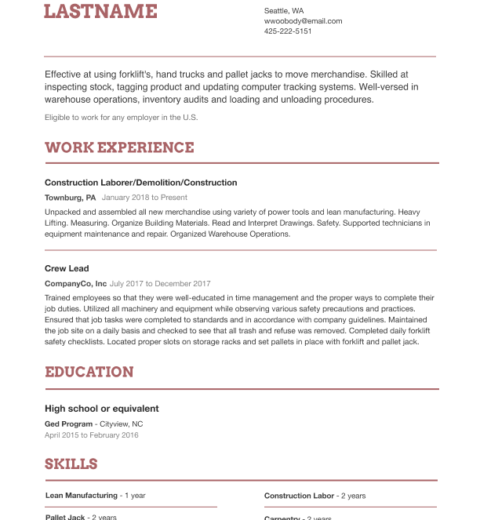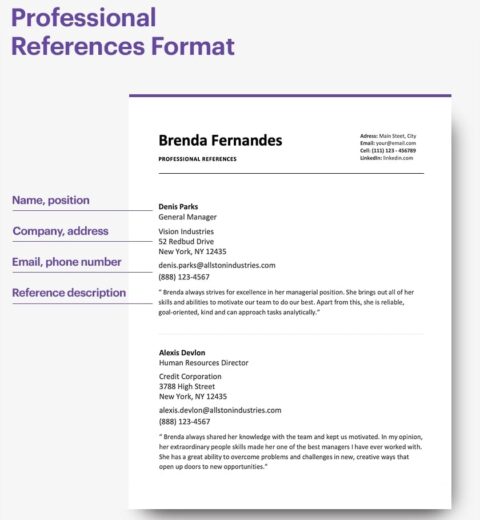In today’s competitive job market, crafting a compelling resume is paramount for job seekers, particularly those who find themselves financially constrained. The process can seem daunting, but with the availability of free resources and tools, creating a professional resume has never been more attainable. This article examines how individuals can create an effective resume without spending a dime, focusing on various free tools, essential components of a strong resume, and tips for enhancing visibility in the eyes of prospective employers.
One of the primary concerns when job hunting is the economic burden associated with professional services. However, free resume builders have proliferated online, allowing users to design and customize their resumes without financial commitment. These platforms typically offer user-friendly interfaces, enabling even the least tech-savvy individuals to navigate the process with ease. Some popular options include Canva, Google Docs, and Resume.co. Each offers a variety of templates tailored to different industries, ensuring that users can find a format that suits their personal style and career aspirations.
The first step in resume creation involves selecting a template. A well-structured resume highlights critical information while maintaining an aesthetically pleasing appearance. Look for templates that are not only professional but also align with the role applied for; for example, creative positions may benefit from more colorful layouts, while corporate roles should favor clean and minimalistic designs. With numerous customizable options, users can adjust fonts, colors, and arrangements to create a document that reflects their personality while meeting industry standards.
Following the selection of a template, it is essential to compile and organize the pertinent information that will comprise the resume. A strong resume typically includes several key sections: contact information, a summary statement, skills, work experience, education, and, if relevant, additional sections for certifications or volunteer work. Each section serves a distinct purpose, working collaboratively to convey a comprehensive overview of the applicant’s qualifications.
Contact Information
This section should be positioned at the top of the resume and include the job seeker’s full name, phone number, email address, and LinkedIn profile if available. It is vital to ensure that the email used is professional; ideally, it should consist of a combination of the applicant’s first and last name.
Summary Statement
Your summary statement is an opportunity to make a strong initial impression. It should encapsulate your professional background, core strengths, and career aspirations within two to four sentences. This section serves as a hook, showcasing your unique selling propositions right from the start.
Skills
Detailing both hard and soft skills can significantly enhance your resume. Hard skills, such as data analysis or proficiency in specific software, reflect your technical capabilities. Conversely, soft skills like communication and problem-solving reveal your personal approach to work. Tailoring the skills section to match the job description can make a profound difference in catching the attention of hiring managers.
Work Experience
Arguably the most critical section, your work experience must highlight relevant positions held, responsibilities managed, and accomplishments achieved. Use action verbs and quantifiable metrics to illustrate your contributions effectively. For instance, instead of stating “responsible for sales,” a more impactful approach would be “increased sales by 20% within six months through targeted marketing strategies.”
Education
Education credentials should be presented in reverse chronological order, listing the degree obtained, the institution attended, and the date of graduation. In some cases, relevant coursework or honors can further bolster this section, especially for recent graduates or those with limited work experience.
Additional sections that may be beneficial to include are certificates, volunteer experiences, or relevant hobbies that demonstrate compatibility with the desired role. This can provide a more well-rounded view of the candidate as an individual and potential employee.
Once the resume has been drafted, take the time to review and refine it. Aspects such as spelling, grammar, and format continuity should be meticulously checked. Peer reviews are also invaluable; obtaining feedback from friends or family can provide insights that may enhance the overall quality of the resume. Using tools like Grammarly or Hemingway can assist in this proofreading stage, ensuring polished final output.
Moreover, in the era of digital applications, optimizing the resume for Applicant Tracking Systems (ATS) is crucial. Many companies use this software to initially filter resumes before they even see the light of day. This entails including keywords from the job posting, ensuring your resume contains terms that likely align with ATS algorithms. Simple adjustments in wording can significantly increase the likelihood of your resume being noticed.
Networking remains an integral aspect of job hunting. Share your resume with contacts in your industry, attend virtual meet-ups, and utilize platforms like LinkedIn to enhance visibility. Engaging with professionals can yield fruitful opportunities and recommendations, sometimes leading directly to job openings.
Ultimately, being broke does not have to impede job hunting success. With a plethora of free tools and a strategic approach to resume creation, any aspiring candidate can craft a compelling document that effectively markets their skills and experiences. By investing time and effort into this critical phase of the job search, you can pave the way for future career opportunities.




